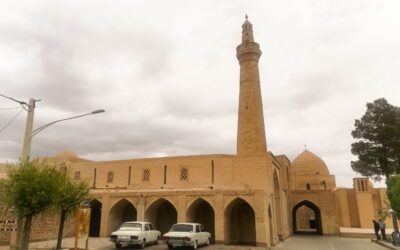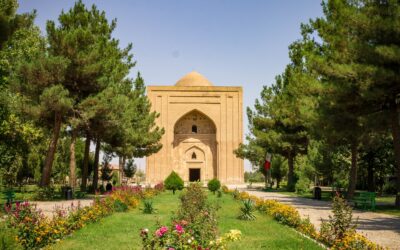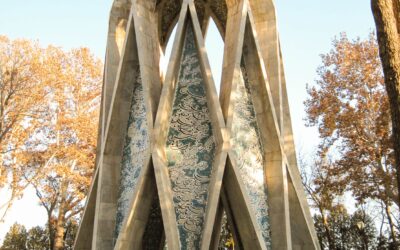ALAMUT CASTLE
- Of the many splinter cults that have sprouted from Islam over the centuries, perhaps none are as terrible or as fascinating as that of the Hashashin, or Assassins. The Order of the Hashashin is believed to have been born sometime in the 8th century, after the Abbasid rise to power. Essentially an anti-Abbasid organisation devoted to removing the Caliph from power, the early Hashashin were probably little more than militants who opposed the religious and secular authorities in Baghdad.
- The near-legendary history of the Hashashin really begins in the 11th century, when its most famous member, Hasan Sabah, established a stronghold at Alamut Castle. It was under Sabah, the Old Man of the Mountain, that initiation rites and training became ritualized. Portions of the castle were adapted to theatrics for the brainwashing of new members. Initiates were alternately exposed to elaborate visions of Heaven and Hell, with the promise to reward members with the former or punish lapsed or incompetent members with the latter. Sabah’s training techniques were very successful, creating a cadre of fearless and skilled terrorists. For the next century and a half, the Hashashin wrought chaos among Sunni leaders schismatic Shiites and just about anyone else who crossed their paths. But while many Abbasids were slain at the hands of the drug-induced cultists, the Hashashin never achieved their political aims in this matter.
- It took the might of the Mongol Empire to finally lay them low. The power and influence of the Hashashin lasted until the middle of the 13th century. When the Mongol horde of Hulagu Khan arrived in 1256 AD, they sacked Alamut Castle, along with the other Hashashin strongholds and most of the nearby cities. The Hashashin never recovered from the destruction of the Mongols, and within a few decades the Order was all but a memory.
- One of the most impressive things about Alamut Castle is its sheer inaccessibility, which is perhaps why the Hashashin chose it as their chief lair. The only way to reach the fortress was by way of a narrow, man-made trail that hugs the cliff. In fact, the castle was never conquered; it was yielded to the Mongols in exchange for leniency. That trail is still there today, and is still realistically the only way to get in. Much of the castle is now in ruins, caused by earthquakes and natural decay. But they are still a magnificent site, especially set against the backdrop of the Alborz Mountains.
- Today the ruins of Alamut Castle still stand tall as a reminder of its horrendous past and still holds the title of being one of the world’s most nefarious castles.








